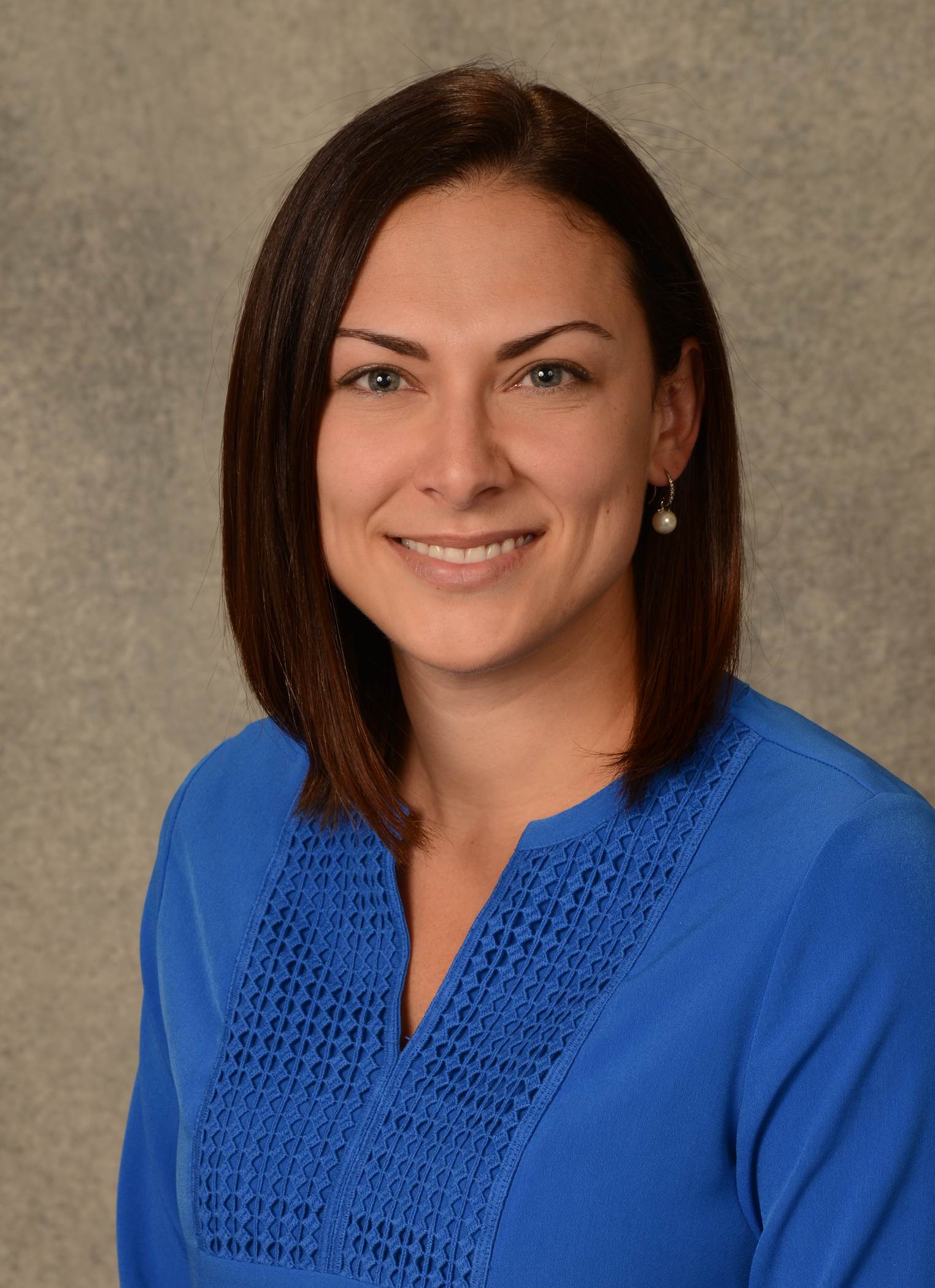Breastfeeding with HIV is No Longer Contraindicated: What You Need to Know

Christiana Smith-Anderson, MD, MSc, FAAP
May 20, 2024

Lisa Abuogi, MD, MSc, FAAP
May 20, 2024
Imagine that you are rounding in the well baby nursery on an infant born a few hours ago to a mother who is living with HIV (human immunodeficiency virus). As you are reviewing the infant’s chart, you note that the mother plans to breastfeed. You think to yourself, “wait - can that be correct?”
As pediatric HIV providers who staff a high-volume clinic managing infants, children, youth, and pregnant persons who are living with or at risk for HIV, we have interacted with many families who have expressed an interest in breastfeeding. Starting in 2015, based on cumulative data demonstrating that the risk of HIV transmission via human milk is less than 1% among lactating persons who are virologically suppressed on antiretroviral treatment (ART), our clinic began supporting people with HIV to breastfeed if desired and if they were on stable antiretroviral treatment with an undetectable viral load. It hasn’t been totally smooth sailing.
While some of our patients living with HIV have successfully breastfed their child (or multiple children) for 12 months or longer, others have had more challenging experiences. The most poignant and disheartening stories are those from families who – after spending many weeks working with our team to understand the risks and benefits of each infant feeding option and carefully preparing to breastfeed –abruptly changed their mind when a well-intentioned but uninformed staff member made a comment about how breastfeeding was not “appropriate” for them. These comments invoke feelings of shame, guilt, and fear that can leave a lasting impact on families that were just trying to make the best decision for their child’s health. To prevent cases like this, pediatricians and other healthcare professionals must become familiar with current evidence-based recommendations.
While many pediatricians were taught that breastfeeding is contraindicated for people with HIV, this is no longer the case. As detailed in the recent AAP Clinical Report, Infant Feeding for Persons Living with and at Risk for HIV in the United States, people living with HIV who are receiving antiretroviral treatment and maintain their viral load under 50 copies/mL should be supported to choose the infant feeding option that best suits their needs, whether that means providing their own human milk, formula, or certified banked donor milk. This approach aligns with the Department of Health and Human Services Panel on Treatment of HIV During Pregnancy and Prevention of Perinatal Transmission and the Centers for Disease Control and Prevention.
In recent years, interest in breastfeeding has increased substantially among people living with HIV in the United States. People with HIV cite their knowledge of the many health benefits for both infants and parents, a desire to bond with the infant, and the need to meet cultural expectations as just a handful of the many factors influencing their desire to breastfeed. In some immigrant communities, breastfeeding is such a strong cultural expectation that its avoidance effectively discloses one’s HIV status. It is also important to consider the impact of infant feeding decisions on health disparities. Black and Latina women in the US are disproportionately affected by HIV, and are also at higher risk of many health conditions against which breastfeeding is protective, such as asthma, diabetes and obesity.
Decisions around infant feeding are not necessarily easy or straightforward. Parents must balance their desire to breastfeed against their fear of HIV transmission. For healthcare providers, concerns may include the small residual risk of HIV transmission that exists even when the breastfeeding parent is virologically suppressed. Providers might also have concerns about how to manage the common complications that may arise during breastfeeding, such as mastitis, cracked nipples or infant thrush, which can theoretically increase the risk of transmission. We recommend that all members of a multidisciplinary team of providers are involved in these conversations. The team may include a pediatric HIV care expert, the breastfeeding parent’s HIV care provider, the OB/GYN provider, and lactation consultants. Communication between team members is vital as the plan unfolds.
Pediatricians will undoubtedly play a significant role in managing breastfeeding infants born to parents with HIV and will need to become familiar with national guidelines on this topic. Pediatricians can begin by ensuring that HIV testing has been performed during pregnancy, labor or delivery, for every newborn infant in their care. Among infants born to people with HIV, pediatricians should strive to engage families in non-judgmental, evidence-based conversations around infant feeding, and to support parents who are receiving antiretroviral treatment with sustained virologic suppression to breastfeed, if they so choose.
We encourage pediatric providers to support the health of infants and their parents with HIV by learning about changes to infant feeding and HIV recommendations. The AAP Clinical Report provides guidance and consultation is available 24/7 from the National Clinical Consultation Center’s Perinatal HIV phone line at (888) 448-8765.
*The views expressed in this article are those of the author, and not necessarily those of the American Academy of Pediatrics.
About the Author
Christiana Smith-Anderson, MD, MSc, FAAP
Christiana Smith-Anderson, MD, MSc, FAAP, is an Associate Professor of Pediatrics at the University of Colorado, co-Director of the Children’s Hospital Colorado Immunodeficiency Program (CHIP) Perinatal HIV Program, and co-author of the AAP Clinical Report, Infant Feeding for Persons Living with and at Risk for HIV in the United States.
Lisa Abuogi, MD, MSc, FAAP
Lisa Abuogi, MD, MSc, FAAP, is an Associate Professor of Pediatrics at the University of Colorado, co-Director of CHIP’s Perinatal HIV Program, and lead author of the AAP Clinical Report, Infant Feeding for Persons Living with and at Risk for HIV in the United States.